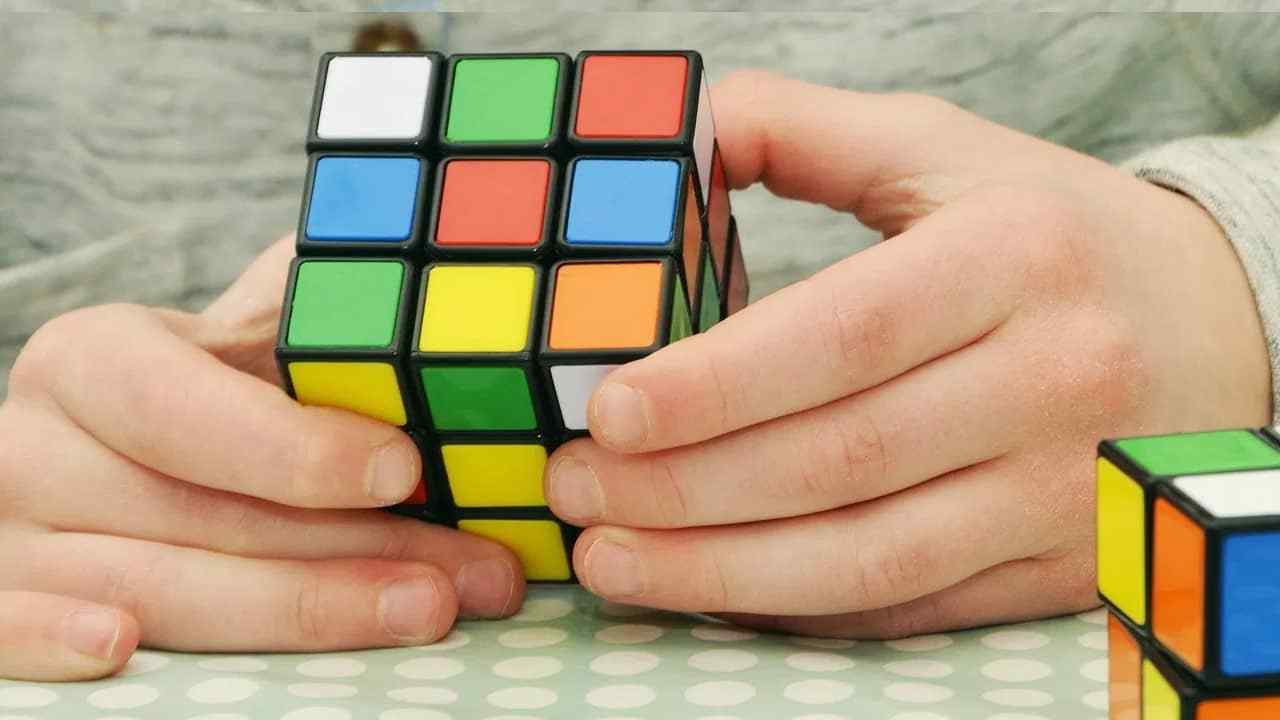6 Educational Benefits of Playing Rubik’s Cube for Children

In the category of the most famous puzzles, Rubik’s cube is undoubtedly one of the most famous. With its enigmatic allure, intuitive appeal, and subtle challenges, this colorful cube beckons both children and adults. Here we will explain some of the most prominent educational benefits of playing Rubik’s Cube for your kids.
Advantages of Playing Rubik’s Cube for Kids
For children, the Rubik’s Cube is not just a source of amusement; it’s a means of acquiring skills and competencies that will serve them throughout their lives. With varying levels of difficulty, from the 2×2 cube for juniors to the 4×4 version for teens, it caters to all ages. Let’s find out the educational benefits that playing with Rubik’s Cube offers to youngsters and adults.
1) Enhance Memory Skills
Children often struggle with sustaining their focus, be it in academics or daily life. Improving their concentration and memory is paramount. Rubik’s Cube is the ultimate solution.
This mesmerizing puzzle awakens strategic thinking in children, pumps up their adrenaline as they tackle its challenges, and in turn, fosters memory development.
2) Nurture Perseverance
Teaching your child the art of determination from a young age is invaluable. The 3×3 Rubik’s Cube experience, perfect for beginners from the age of 10, is a fantastic starting point.
With every twist and turn, with each apparent dead-end, your child will find the motivation to overcome obstacles and uncover new pathways to solve the puzzle. This fosters patience and resilience that will serve them well in life.
3) Enhance Dexterity
Seasoned Rubik’s Cube players often boast record-breaking solving times, regardless of the cube’s complexity. When introducing this passion to young enthusiasts, the aim isn’t to set records but to cultivate speed and precision in their movements. Over time, this results in enhanced dexterity and self-assuredness.
The mesmerism of the colored cube teaches your child to persist in the face of adversity and develop the ability to stay composed and serene while skillfully seeking solutions.
4) Elevate Logic and Analytical Abilities
While some may assume that solving a Rubik’s Cube is a matter of luck, the reality is quite different. Concentration is key to unlocking its secrets.
The Rubik’s Cube is, at its core, a mathematical challenge that revolves around calculations, algorithms, and Cartesian structures. Though the most complex aspects may elude young children, it fundamentally encourages them to think critically, analyze situations, discover solutions, and approach problems with composure.
5) Ignite Creativity
Even though experts have determined the minimum number of moves required to solve the Rubik’s Cube, a touch of ingenuity can still yield remarkable results. Your child may surprise you with combinations you hadn’t even fathomed.
The Rubik’s Cube fosters creativity, entrepreneurial spirit, and, most importantly, self-confidence – all crucial attributes for young minds to explore and express themselves.
6) Foster Critical Thinking
The Rubik’s Cube is a remarkable educational tool that cultivates the ability to anticipate and find alternative solutions, even in challenging situations. It encourages perseverance and helps reach satisfying conclusions.
Thanks to its portable, versatile nature, your child can engage with the Rubik’s Cube anywhere, enhancing their problem-solving skills without even realizing it. The mechanical actions continuously stimulate the brain, keeping your child focused on finding solutions.
Also Read: Reasons to Play Educational Games
Follow Top and Trending on Google News and receive the latest alerts and the main news about apps, technology, beauty, entertainment, and all the top 10 related posts.
